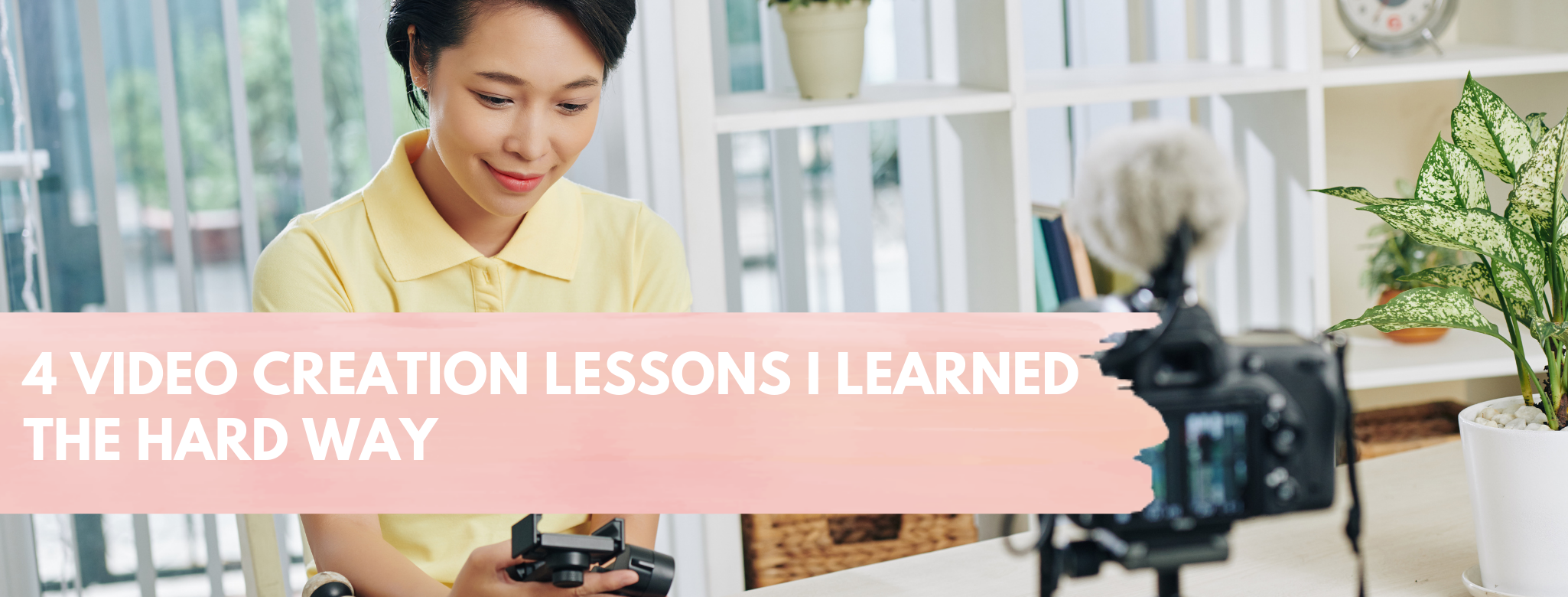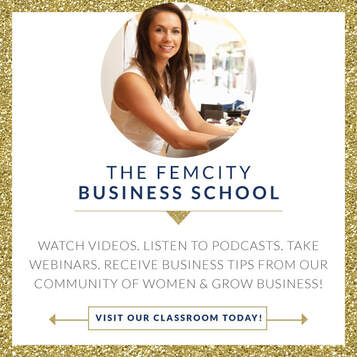|
As you know, there are many factors that go into creating a successful video for online use. Today I’m going to go through some of the things I’ve learned the hard way. Maybe these learnings will help you, too.
Lesson 1: Start with the hook, not an intro The most successful videos online don’t have an intro slide at the very beginning of the video. It doesn’t show the company’s logo first. Instead, it immediately brings up the WIIFM (What’s In It For Me) – the benefit statement - of the video. The hook! Example: Instead of showing your company’s logo and then moving into a video of you introducing yourself, start with a video of you stating the benefit of the video. If it’s a video about grooming cats, you’d start with “Today I’m going to show you 3 ways to groom your cat without drama.” After your “hook” you can transition to a slide that shows your logo and a quick introduction of yourself. Once your audience is hooked, they will wait a bit longer for the content. But they’re not waiting too long, so you need to get back to your content within 3 seconds. Yes, I know that’s fast! Lesson 2: Pause between sentences … like a LOT … and for a long time Say this to yourself, out loud, “Today I’m going to show you 3 ways to groom your cat without drama. We all know cats can cause some mayhem when it’s time to clip nails or take a bath.” Now, read it again, but make sure you pause for 3 seconds between the 2 sentences. “Today I’m going to show you 3 ways to groom your cat without drama.” PAUSE (count to 3). “We all know cats can cause some mayhem when it’s time to clip nails or take a bath.” If you did this exercise, you probably noticed your tone of voice changed when you said the word “drama” at the end of the first sentence. And you also probably had more emphasis on the words "We all" in the following sentence. That's because of the pause. Instead of your tone ending on a higher note at the end of the sentence which you might have done during the first exercise, your tone probably was a tiny bit deeper and final at the end of the sentence. This gives you easier transitions in your video. Additionally, adding more emphasis to the words at the beginning of the second sentence helped you start that section of the video with more enthusiasm. You don't have to build a pause in between every single sentence. I would plan to work them in every few sentences though as you adjust to this presentation style. Psst … you can edit your video to remove long pauses. These built-in pauses allow you to cut your video in pieces and move sections around without it sounding like you’re cutting yourself off mid-sentence. You can edit any pauses out later. Lesson 3: Look directly at the camera until it feels weird Have you ever seen a video where the person looks like they weren't prepared to talk - looking somewhere else or looking down when the video starts? How about when they're finished speaking and they start looking down or reach to turn off the camera before they've finished their last sentence. It's distracting and sometimes you can't hear what they're saying. To ensure your video is just a bit more polished, look directly at the camera for 5 seconds before you talk and after you're done talking. This gives the video editor time to create transitions and create a successful video. Lesson 4: Write your script and then cut the copy in half, then cut it again 15 – 30 second videos perform best on social media. Facebook and Instagram stories keep their videos under 15 seconds and TikTok doesn’t let you go over 30 seconds. Consumers of content online are used to quick moving videos with punchy hooks and fast delivery. They will not stick around long … even if your video is long. Consumers of video content are also used to reading text on the video while listening to you speak. So don’t be shy about adding extra key points in your video via text while you’re talking. This 4th lesson takes a lot of practice. You might feel like you’re taking a video script that feels conversational and light and now you’re being asked to cut that text in half. Remember, your tone of voice and mannerisms also speak for themselves, so cut the text but keep the rest of your video conversational and open. Your viewers would rather you get to the point so they can consume the content you’re creating for them. Feel stupid on video? It’s time to get over it. Use these tips to start creating videos for your business. I’d love to hear about any hard lessons you’ve had to learn while creating video. Please comment below!
1 Comment
2/4/2022 09:06:13 pm
I love that you talked about the importance of planning for a better outcome of the project. My best friend told me that they are hoping to find a reliable video production company as they are planning to have a commercial video for their business products, and he asked if I have any idea what is the best option to consider. Thanks to this helpful article, I'll be sure to tell him that he can consult a well-known video production company as they can answer all their inquiries.
Reply
Leave a Reply. |
AuthorFirst, I'm the mother of three crazy, sassy, sarcastic, hilarious children. Second, I work in the world of social media, email, digital marketing. Third, I'll probably try to tell you what to do. Archives
May 2024
|



 RSS Feed
RSS Feed


